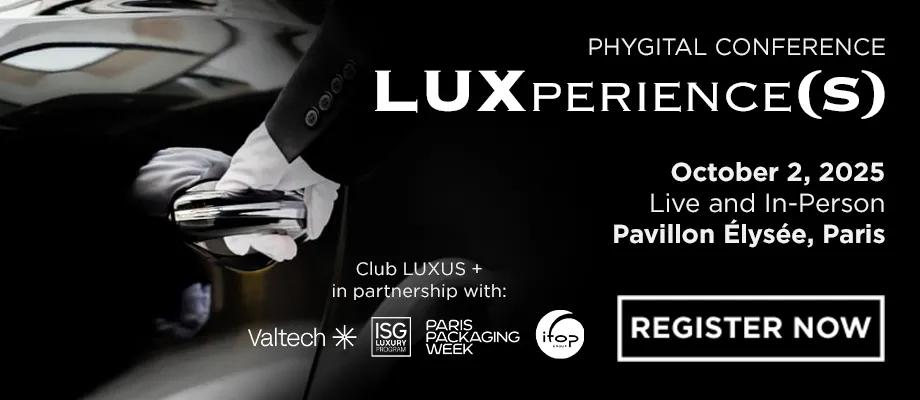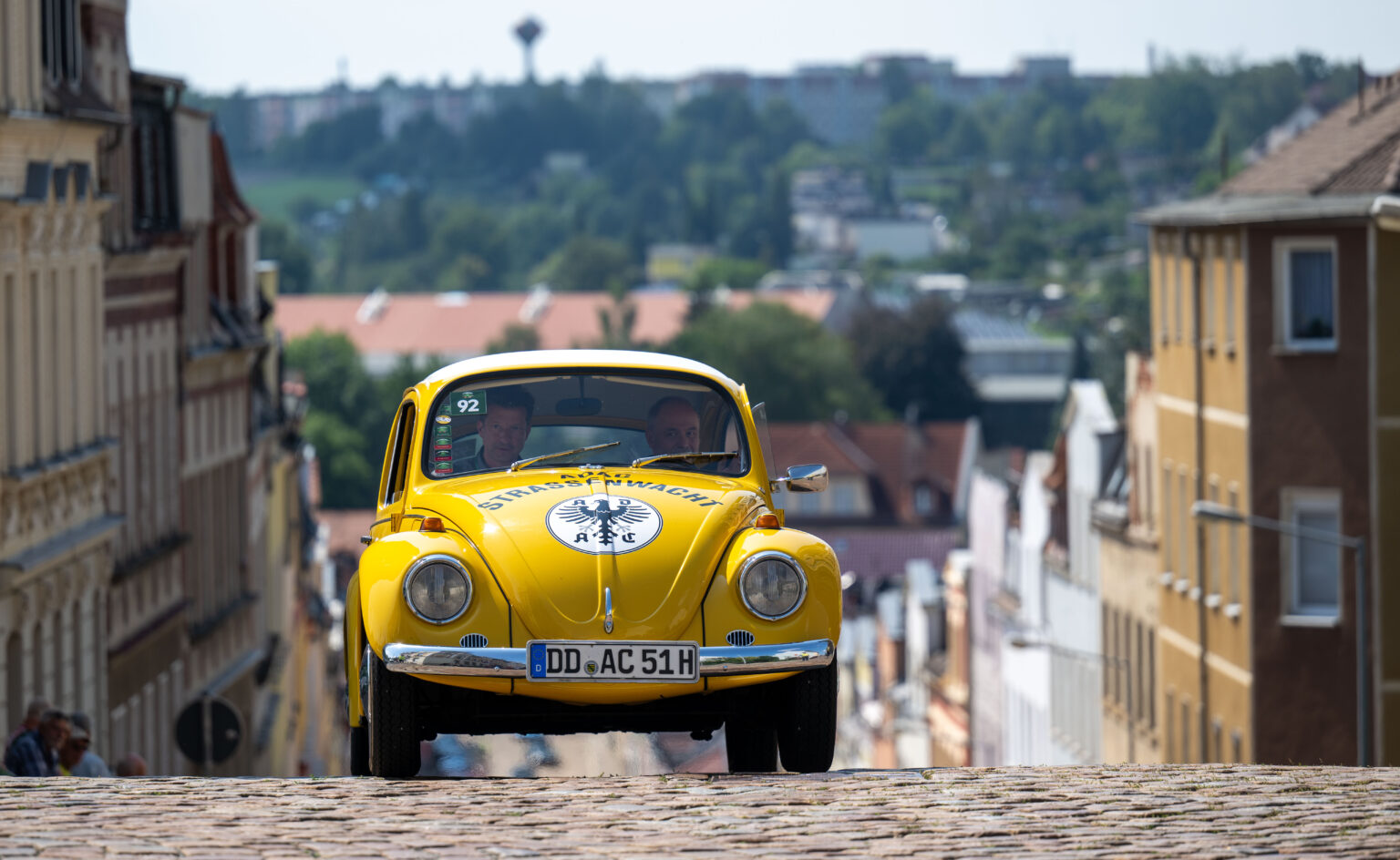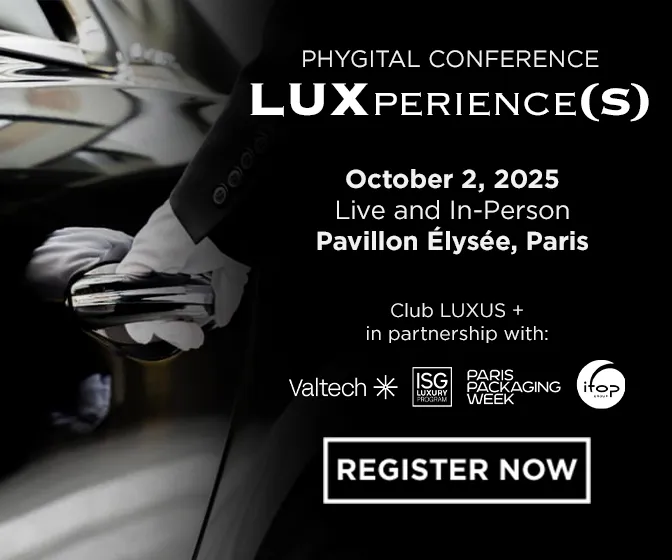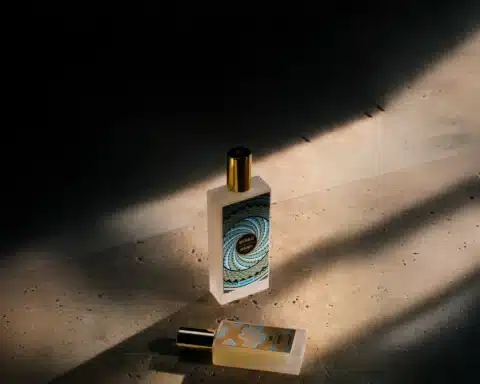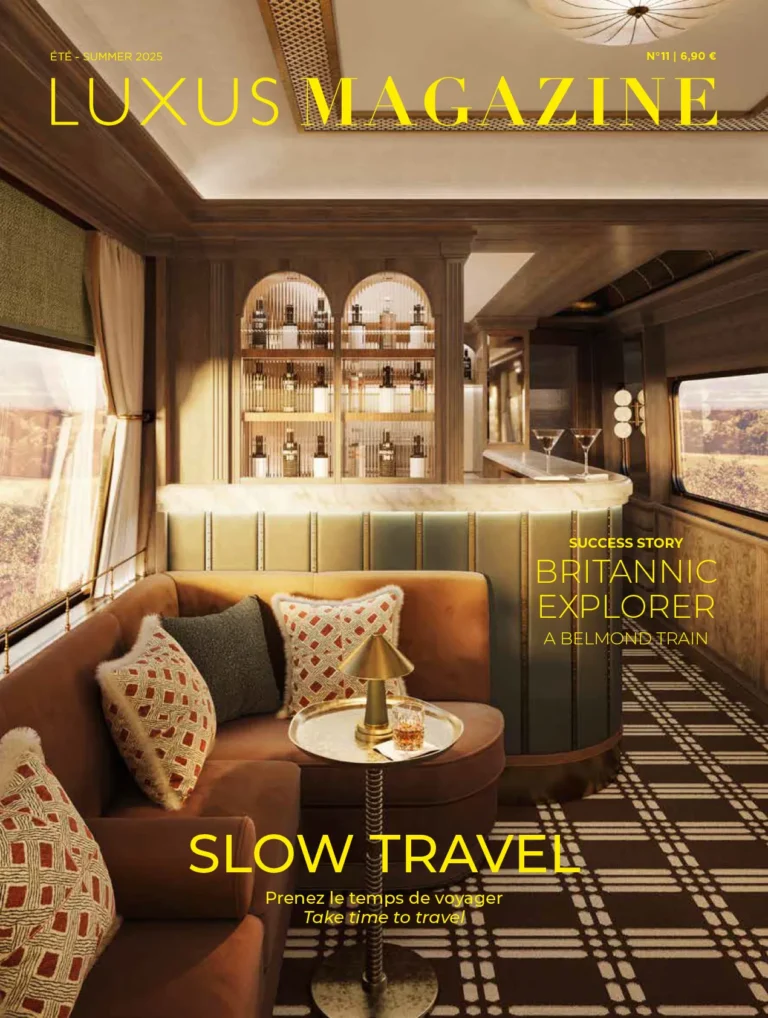In France, more than a million vintage vehicles are on the road, a figure that reflects the growing popularity of classic cars. Whether you’re a long-time enthusiast or a simple amateur attracted by the charm of vintage, here are the keys to successfully buying your first classic car.
For beginners, it’s best to avoid time-consuming and costly restoration projects. And to get off to a good start, choose a model with a clear history, including service history, invoices and original manuals. Auctions of private collections can provide this transparency. Failing that, enthusiasts’ clubs are a mine of information.
Beyond technical condition, the vehicle’s past is essential. The number of owners, their usage, or even where the car has been driven can influence its overall condition.
Mechanics from another era
The rumble of an old engine or the elegance of a vintage body… these details fuel the passion of collectors. But behind the aesthetics lies the mechanics: driving a classic car is not something you can improvise. These models require regular maintenance and, above all, specific parts which, over time, are often impossible to find on the conventional market. This problem is now solved by a solution that’s much more accessible than classic car shows or overpriced specialists : used car parts.
Maintaining a classic car isn’t just about changing the oil or checking the tire pressure. It’s about understanding engines from another century, when carburetors replaced electronic fuel injection, brakes weren’t power-assisted, and steering was anything but smooth. As a result, these engines require special attention and more frequent maintenance, particularly to avoid premature wear of internal parts.
Modern oils, for example, are not always suited to these more tolerant engines in terms of mechanical play. Some specific oils, such as the “classic” ranges from Motul or Total, are formulated to meet the technical standards of the time. The same applies to the braking system, suspension and clutch, which can show signs of fatigue if maintenance is neglected. But what do you do when a part breaks, or an essential component needs replacing? That’s when the real headache begins.
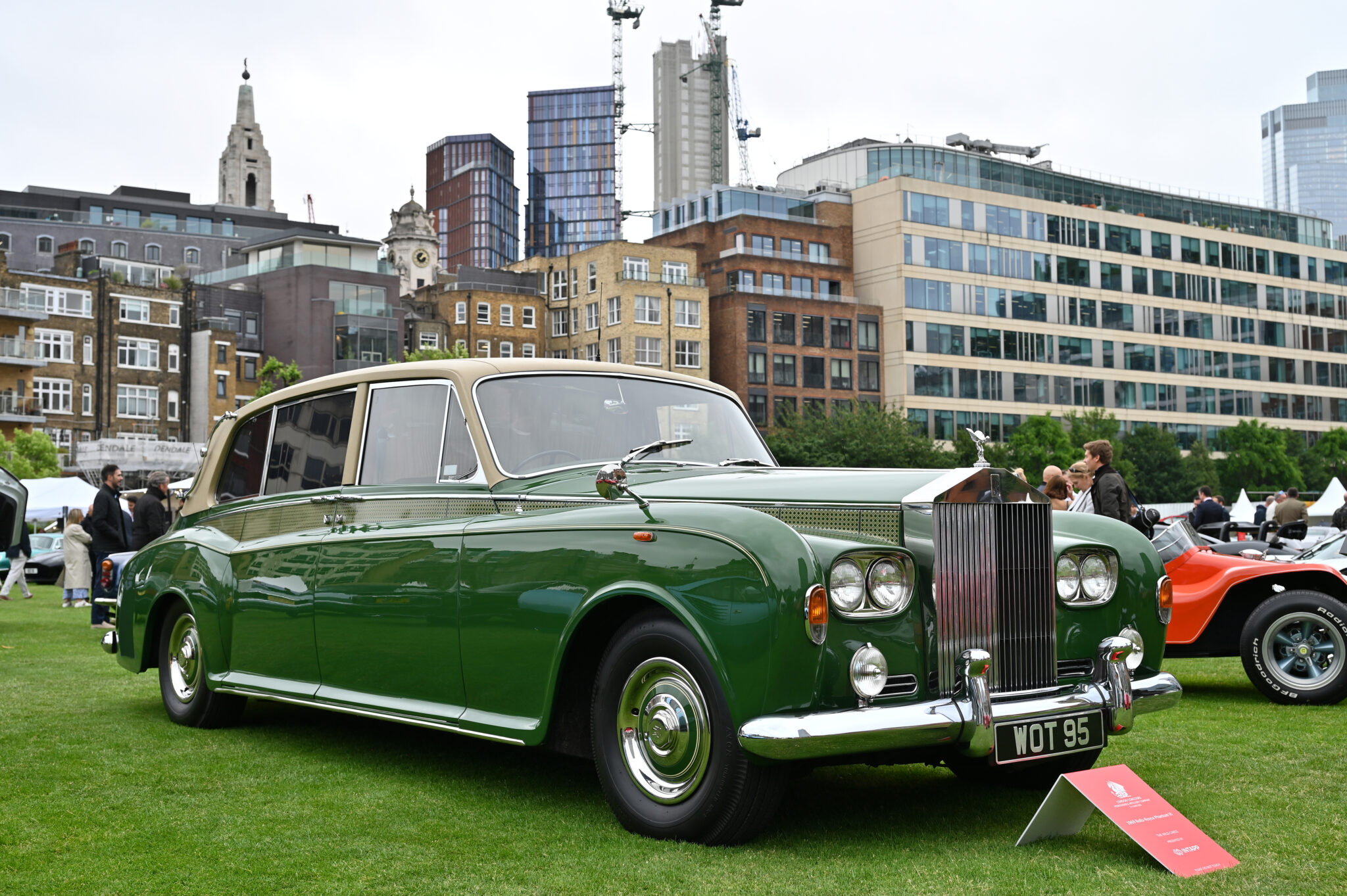
Rarity of parts : the collector’s challenge
Keeping your classic car in top condition means overcoming a major obstacle : the availability of spare parts.
For very popular cars like the 2CV, the Beetle or old Peugeots, new or remanufactured parts are still available. But for less common models, or for purists who wish to keep an original part, the quest often becomes a real obstacle course.
Until recently, you had to scour swap exchanges, contact enthusiasts’ clubs, or scour car junkyards one by one in the hope of stumbling across the right part. Today, this process can be digitized, thanks to specialized platforms such as France Casse, which brings together a network of over 250 ELV (end-of-life vehicle) centers throughout France.
Founded in the 2000s, France Casse has established itself as a benchmark for used car parts. Its concept is based on a simple but highly effective idea : to put private individuals or garage owners in touch with partner “casses”, which often have little-known or even under-utilized stock.
On boutique.francecasse.fr, simply enter the license plate or model you’re looking for, and the platform scans all its partners in real time to offer quotes. The customer receives a rapid response, with different offers according to quality, location or price. They can then order the part and have it delivered directly to their home or garage.
This solution is particularly valuable for owners of classic cars. It enables them to find, without costly intermediaries, parts that are sometimes impossible to find elsewhere, and above all, to access them at a much lower price than new or remanufactured. Depending on the case, savings can be as high as 80%, while still retaining a warranty (generally 3 to 12 months).
Preserving authenticity without sacrificing budget
According to the FFVE, owning a classic car costs an average of €3,938 per year. This sum breaks down into €3085 for routine maintenance, €525 for events (shows, rallies, accommodation, meals…) and €328 for ancillary expenses (memberships, specialist press…).
And that’s just the tip of the iceberg. If you buy through an auction, you’ll need to factor in additional costs (up to 16% of the ex-VAT price). For an imported model, you’ll also need to factor in the costs of transport, registration (often high for powerful engines), garage and specific maintenance, as well as appropriate insurance, which can represent 1 to 1.5% of the vehicle’s value for comprehensive coverage.
By reusing a vintage part, you preserve the soul of the vehicle while adopting a sustainable and responsible approach. Already manufactured, having lived, this part can still be used: this is the very essence of the circular economy. Each part returned to service represents one less part to produce, so fewer raw materials are extracted, less energy is consumed, and the carbon footprint is reduced. It’s an approach that is winning over more and more collectors, who are sensitive to both the historical and ecological aspects of their passion, and which, in a sector that is sometimes criticized for its environmental impact, makes perfect sense.
It’s also a concrete way of preserving a certain know-how. All too often, modern parts are no longer made to the standards of the past. They are incompatible, less durable or simply unsuited to the old mechanics. By choosing a part from the same model, the collector is assured of perfect compatibility and operation in line with the original.
France Casse illustrates this link between tradition and modernity. The platform doesn’t just sell parts : it gives new life to vehicles that might otherwise remain immobilized for lack of accessible solutions. A successful example of useful innovation in the service of a living heritage.
What’s more, many collectors report great satisfaction when they find a rare part via France Casse, particularly for atypical or little-used vehicles. Whether it’s an alternator for an Alfa Romeo Giulia from the 70s, an original rear-view mirror for a Citroën DS, or a rear light for a Renault 4CV, these components constitute the “hidden treasure” of automotive restoration.
Read also : [Luxus Magazine] 90th Paris Motor Show: legendary cars and pop culture
Featured photo : © Getty Images

